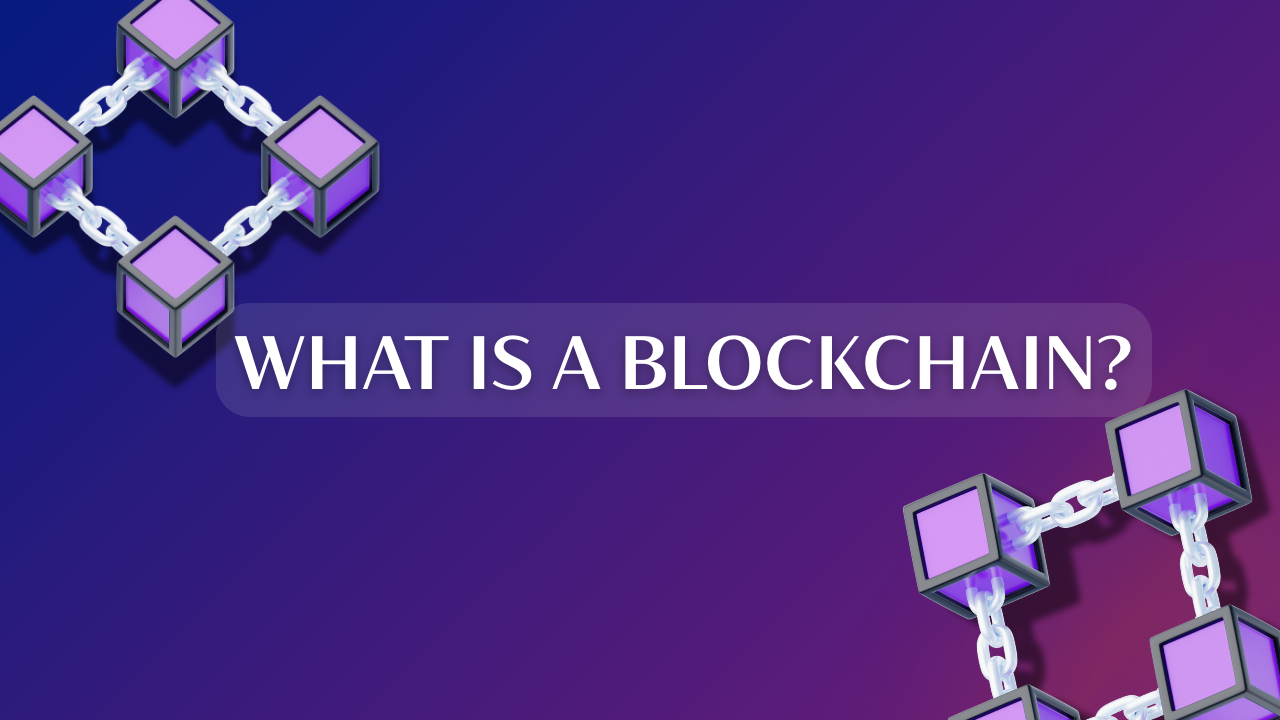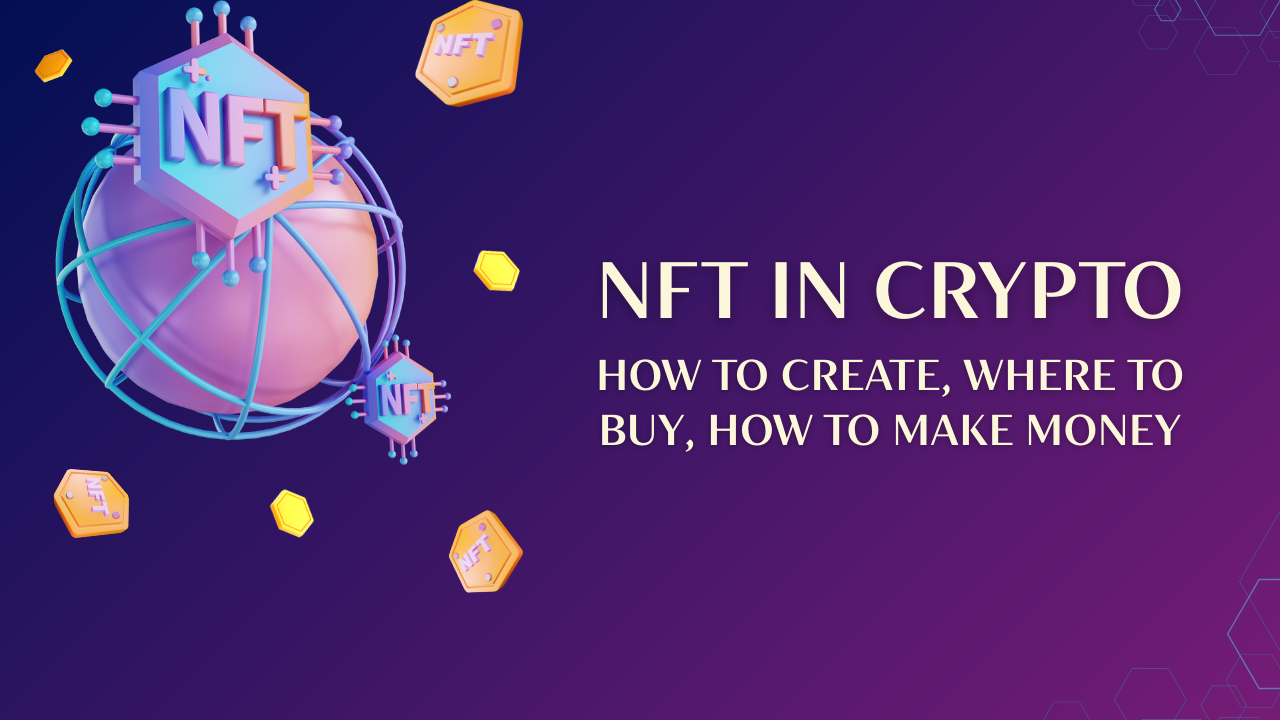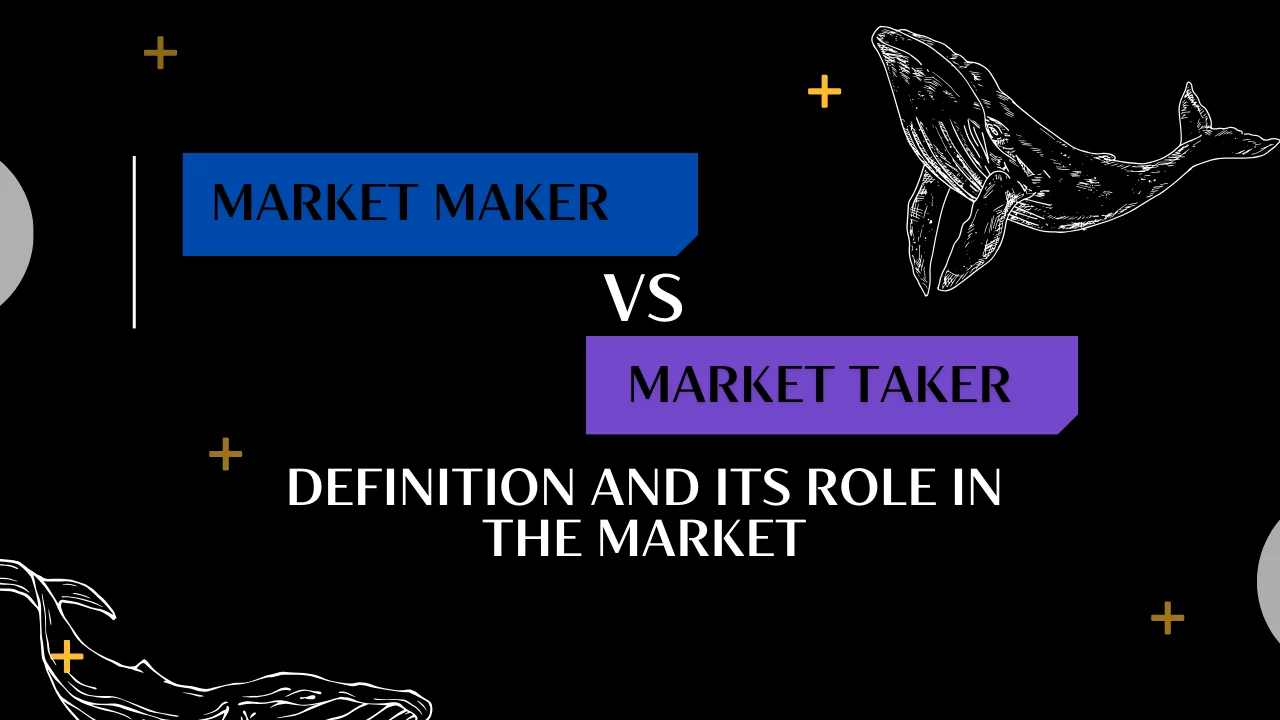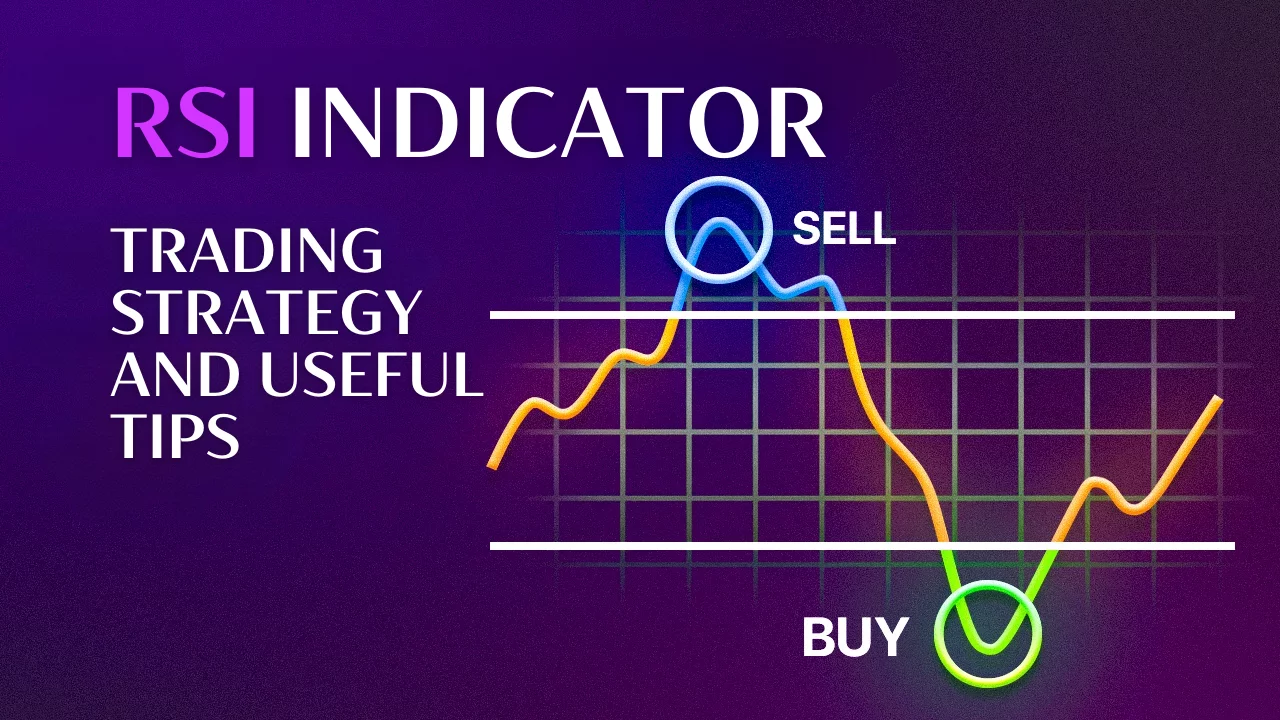What is Open Interest?
By Yuriy Bishko Updated June 13, 2024
BikoTrading Academy
One metric that traders often use to gauge market sentiment and potential price movements is Open Interest (OI). In this article, we will delve into what Open Interest is, how it is measured, and its significance in crypto trading.
KEY ISSUES:
What is Open Interest?
Open Interest (OI) is a term commonly used in futures and options trading to measure the total number of outstanding contracts that have not been settled. To define Open Interest In simpler terms, it represents the total number of contracts that are "open" or active in the market. OI increases when a new buyer and seller enter into a new contract. Referring to the Open Interest definition, it is crucial for traders to recognize that this metric serves as a continuous gauge of ongoing market participation.
The Open Interest indicator provides traders with insights into market activity and sentiment. A rising OI suggests new money entering the market, indicating growing interest and potential price volatility. Conversely, a declining OI may signal a reduction in market activity and a possible reversal in trend. Increasing Open Interest is often a precursor to heightened market activity, providing traders with valuable signals when conducting future open interest analysis.
High Open Interest is often associated with increased liquidity and potentially higher volatility. It indicates a larger number of participants actively involved in the market. With an open interest screener, you can quickly analyze and filter through the multitude of contracts and pinpoint those with significant open interest changes.
Analysing Open Interest vs trading volume provides insights into market activity, they serve different purposes. Volume measures the number of contracts traded within a specific time frame, while Open Interest reflects the total number of active contracts.
What is open interest in futures?
Open Interest, futures markets' most popular instrument, serves as a crucial indicator for technical analysis. Unlike spot markets where buyers and sellers transact for immediate delivery of an asset, futures contracts involve agreements to buy or sell an asset at a future date. It’s particularly useful to analyze Open Interest, futures trading is easier in this case as OI reflects the number of contracts yet to be settled, providing a snapshot of market participation.
Understanding and using Open Interest
Positive correlation with price and volume
The Open Interest chart shows the ebb and flow of market participation. When both the price and Open Interest rise concurrently, it indicates a healthy market with the potential for a breakout. This suggests that new orders are entering the market, and long positions are building up.
Divergence in uptrends and downtrends
In a scenario where the price is increasing, but Open Interest and volume decline, caution is warranted. This could signify that the price movement is not supported by new buyers, and the uptrend may be weakening. Conversely, in a downtrend, increasing Open Interest and volume strengthen the trend. Learn more about market trends in the article.
Price drop with declining Open Interest
A dropping price accompanied by a reduction in Open Interest can signal weakness in the market. This may indicate that a significant number of traders have been liquidated, resulting in a loss of interest and positions.
As a convenient Open Interest tracker platform we recommend ATAS. By installing the software through our referral link, you will receive powerful custom indicators as a gift, created by the BikoTrading team! Our development will help you not only analyze the market qualitatively but also make only profitable trades.
Trading after traps
Traps are often characterized by a substantial rise in Open Interest during a price movement. This suggests that a significant number of new positions are being opened. After the initial surge in Open Interest, the price should ideally continue in the same direction. However, if the price fails to sustain the movement and retraces, it indicates a potential trap.
At a specific high, there is a massive increase in Open Interest, suggesting a strong interest in the market. Despite the significant rise in Open Interest, the price fails to continue upward, signaling a potential trap. Traders employing the trading after traps strategy look for opportunities to enter positions against the initially perceived trend. In this case, a short position could be considered, anticipating a reversal.
Trading after such traps can be profitable, as it may indicate that sellers are strong in that area. Incorporating this Open Interest trading strategy into your approach can further improve your ability to navigate the complexities of the market.
Check out our video to learn more about Open Interest, explained by our top traders.
Leveraging liquidations
A liquidation happens when a trader's position reaches a price level where their margin is insufficient to cover potential losses. The exchange automatically closes the position to limit further losses. Massive liquidations indicate a significant number of market participants being forced out of their positions. This mass exit can lead to increased market volatility and potential trend reversals.
This strategy involves identifying instances of massive liquidations and using them as signals for potential trend reversals.
If there is a substantial drop in Open Interest accompanied by a sharp decline in price, it suggests that a significant number of traders have been liquidated. Traders interpret this as a sign of market exhaustion and anticipate a reversal. They might consider entering a trade in the direction opposite to the recent trend.
After a massive liquidation event, there's often a strong counter-trend movement as traders who were forced to close their positions seek to re-enter the market. Traders can enter positions in the opposite direction of the initial trend, anticipating a temporary reversal.
Analyzing volume and open interest alongside liquidation events can provide additional confirmation of the market's strength or weakness. An increase in open interest during a liquidation event may suggest a continuation of the trend, while a decrease could signal a potential reversal.
Conclusion
Open Interest is a powerful tool for crypto traders, especially those working in futures markets. By understanding and analyzing Open Interest data, traders can identify potential breakouts, and develop strategies to navigate varying market conditions. Remember, while Open Interest can significantly improve your results, it is not a foolproof indicator, and combining it with other analyses is key to successful trading.












